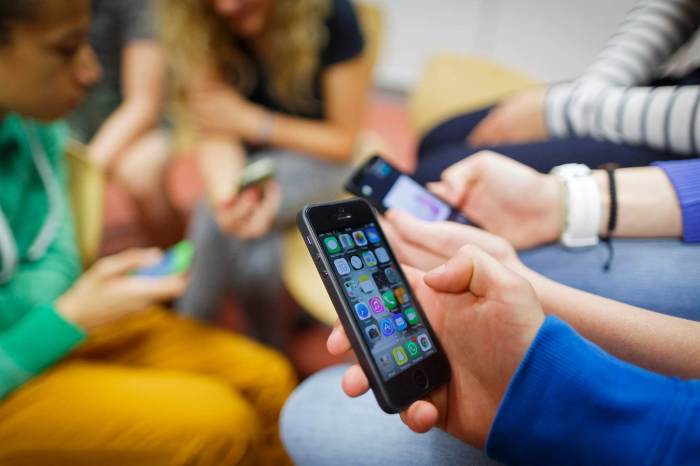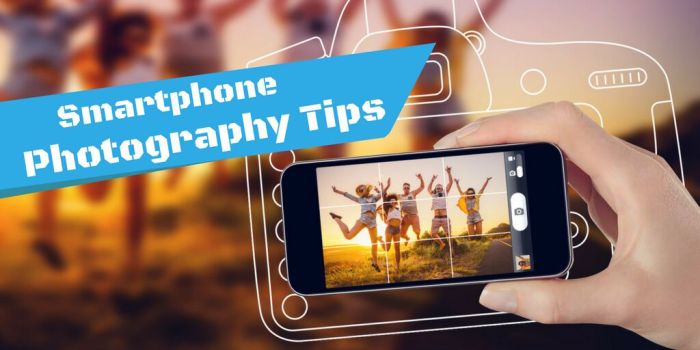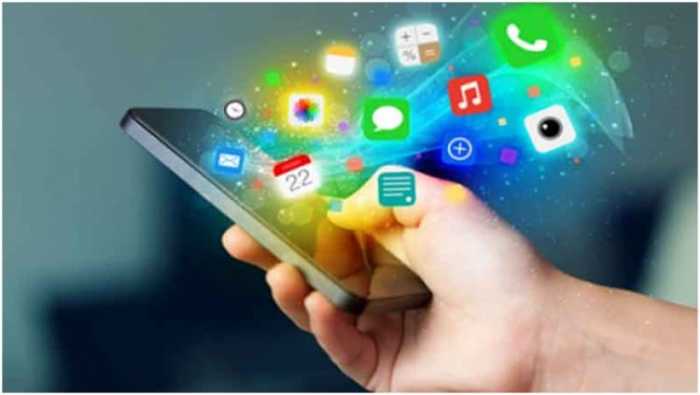Embark on your smartphone journey with How to Use a Smartphone: 25 Tips and Tricks for Beginners, delving into a world of possibilities with your device. From essential basics to advanced features, this guide has you covered.
Learn how to navigate your smartphone like a pro, maximize its potential, and discover hidden gems along the way.
Introduction to Smartphone Basics

Smartphones have become an essential part of our daily lives, offering a wide range of features and functionalities. Understanding the basics of a smartphone is crucial for beginners to make the most out of their device.
When you first get your smartphone, it’s important to familiarize yourself with its essential components. These typically include the screen, buttons (such as the power button and volume keys), camera, speakers, and charging port. Knowing where each component is located will help you navigate your device more efficiently.
Setting up a lock screen is vital for ensuring the security of your smartphone. This can be done by creating a PIN, pattern, password, or using biometric authentication such as fingerprint or face recognition. A lock screen prevents unauthorized access to your device and protects your personal information.
Navigating the home screen is where you’ll access all your apps and widgets. You can customize the layout of your home screen by arranging apps, creating folders, or adding widgets for quick access to information. Understanding how to navigate the home screen will make it easier to find and use the apps you need.
Adjusting settings on your smartphone allows you to personalize your device according to your preferences. You can adjust settings such as brightness, volume, screen timeout, notifications, and more. By customizing these settings, you can enhance your user experience and optimize the performance of your smartphone.
Setting Up a Lock Screen
To set up a lock screen on your smartphone:
- Go to the Settings app on your device.
- Look for the Security or Lock Screen settings.
- Select the type of lock screen you want to use (PIN, pattern, password, etc.).
- Follow the on-screen instructions to set up your chosen lock screen method.
- Ensure to choose a secure lock screen option to safeguard your data and privacy.
Navigating the Home Screen
- Your home screen is the main screen of your smartphone where you can find all your apps and widgets.
- You can swipe left or right to access different pages of the home screen.
- Tap on an app icon to open the app, or press and hold to move or delete the app.
- To add widgets, press and hold on an empty area of the home screen and select Widgets from the menu.
- Customize your home screen layout by rearranging apps, creating folders, or changing wallpapers.
Adjusting Settings
- Access the Settings app on your smartphone to adjust various settings.
- Adjust the brightness of your screen to a comfortable level for better visibility.
- Control the volume settings for media, calls, and notifications.
- Manage notifications, screen timeout, and other preferences to tailor your smartphone experience.
- Explore different settings options to customize your device according to your preferences.
Communication and Connectivity

In the modern age, smartphones serve as our primary means of communication and connection with the world. Understanding how to effectively make calls, send messages, manage contacts, connect to networks, and use email is essential for maximizing the potential of your device.
Making Calls and Sending Text Messages
- To make a call, simply open your phone app, dial the number you wish to call, and press the call button.
- For sending text messages, open your messaging app, select the contact you want to message, type your message, and hit send.
- Utilize features like group messaging to send messages to multiple contacts at once.
Managing Contacts and Creating Groups
- Organize your contacts by creating groups such as family, friends, or work contacts for easy access.
- To create a group, go to your contacts app, select ‘create group,’ add contacts to the group, and assign a name.
- This makes it convenient to send messages or make calls to a specific group of people without the need to select each contact individually.
Connecting to Wi-Fi Networks and Using Mobile Data
- To connect to a Wi-Fi network, go to your phone’s settings, select Wi-Fi, choose a network, enter the password if required, and connect.
- Using Wi-Fi helps save mobile data usage and provides faster internet speeds when available.
- For mobile data, ensure you have a data plan activated with your carrier and monitor data usage to avoid overage charges.
Setting Up and Using Email Accounts on a Smartphone
- Open your email app and follow the on-screen instructions to add your email account by entering your email address and password.
- Once set up, you can send and receive emails directly from your smartphone, making it easier to stay connected on the go.
- Organize your emails into folders, set up notifications for important emails, and sync multiple email accounts for seamless access.
Camera and Multimedia Features

Smartphones have become essential tools for capturing memories and enjoying multimedia content on the go. Here, we will explore how to make the most of your device’s camera and multimedia capabilities.
Taking Photos and Recording Videos
One of the most common uses of a smartphone is capturing photos and recording videos. To take a photo, simply open the camera app, frame your shot, and tap the shutter button. For videos, switch to video mode and press the record button to start recording. Make sure to hold your phone steady for clear and stable shots.
Organizing and Editing Photos
After taking photos, it’s important to organize them for easy access. Create folders or albums to categorize your photos based on events or themes. Most smartphones also come with built-in photo editing tools that allow you to enhance your photos by adjusting brightness, contrast, and other settings.
Using Filters and Effects
Many camera apps come with filters and effects that can add a creative touch to your photos. Experiment with different filters to give your photos a unique look or use effects like bokeh to blur the background and focus on the subject. Be sure not to overdo it and keep the edits subtle for a more natural look.
Listening to Music and Watching Videos
Smartphones are also great multimedia devices for listening to music and watching videos. You can download music streaming apps to access a wide range of songs or transfer your favorite tracks from your computer. For videos, you can stream content online or save videos for offline viewing. Make use of headphones or external speakers for a better audio experience.
End of Discussion

As you wrap up your exploration of How to Use a Smartphone: 25 Tips and Tricks for Beginners, you’re now equipped with the knowledge to make the most of your device. Stay curious, keep experimenting, and unlock the full power of your smartphone.